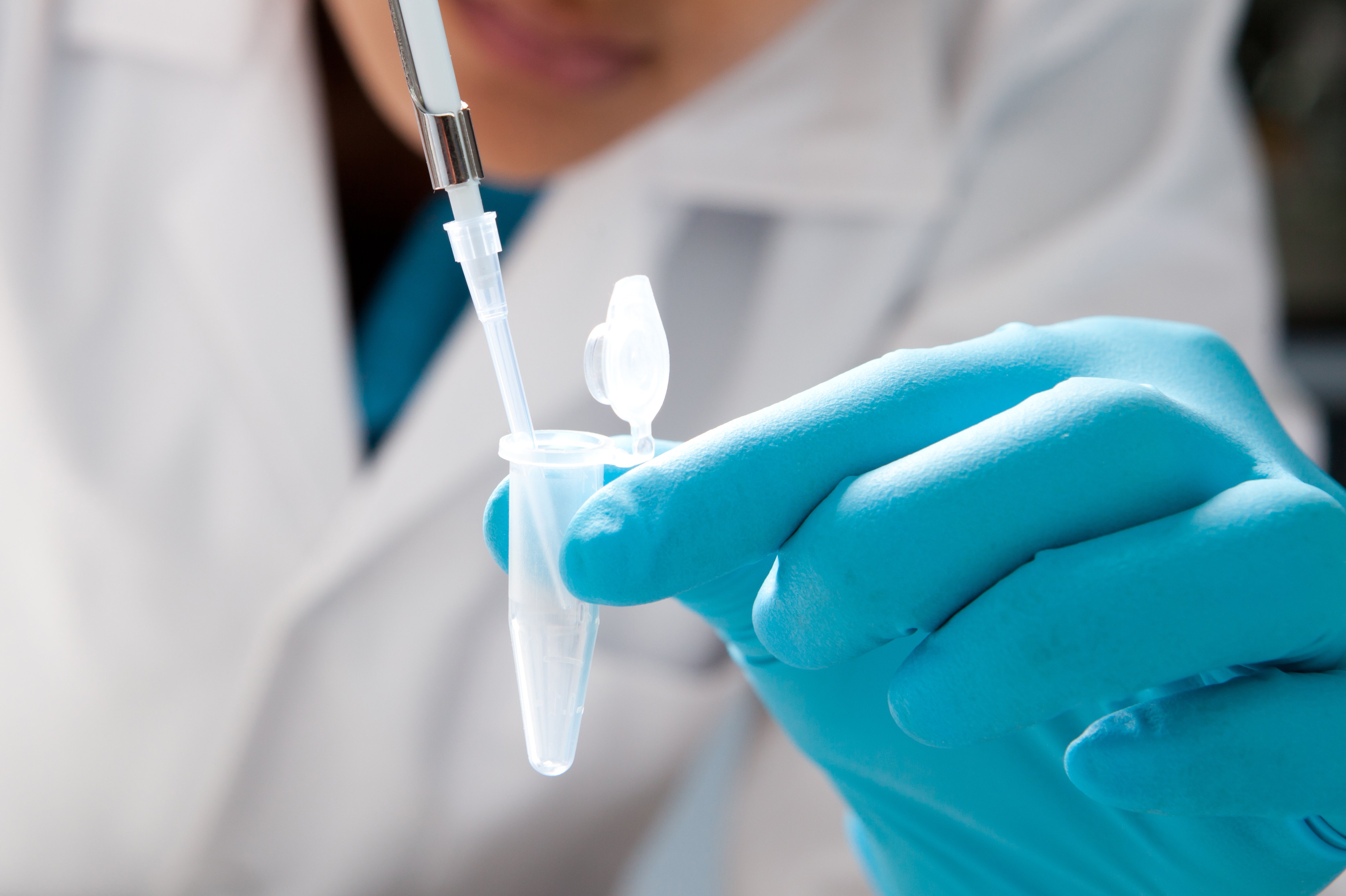
(Vienna, 11-05-2023) Brain tumours are among the most common malignant diseases in children and make up the most frequent cause of cancer-related death in this age group due to their often highly aggressive progression. In their search for better treatment options, the research team headed by Johannes Gojo from MedUni Vienna's Department of Paediatrics and Adolescent Medicine has now succeeded in establishing two promising new methods that will make it much easier to diagnose, choose a therapy and monitor the response to treatment in future. The study results were recently published in the specialist journals Acta Neuropathologica and Cancers.
For the newly established methods, a few millilitres of blood or cerebrospinal fluid from the affected children are sufficient to make a diagnosis, monitor the course of the tumour disease or detect the presence of a prognostically unfavourable marker. Currently, planning the therapy and monitoring requires time-consuming imaging procedures that can often be performed only under general anaesthesia in young children. "The molecular methods we are researching do not place any further burden on the young patients and could provide important findings for individually coordinated therapy measures within just a few hours," says study leader Johannes Gojo, emphasising the relevance of the study results.
The minimally invasive procedures were researched on two types of brain tumours: the rare "embryonal tumours with multi-layered rosettes" (ETMR), which occur mainly in infants, and a particularly aggressive form of medulloblastoma (MB). In their study on ETMR, the scientists focused on micro-RNS's, minute molecules that play an important role in the regulation of genes and are significantly altered in children with ETMR. "The increase in 517-micro RNS levels in the blood is specific to this type of tumour, and the magnitude of the increase is consistent with the size of the tumour. Thus, the levels were significantly reduced after successful surgery and rose again in the event of tumour recurrence," says first author Sibylle Madlener from MedUni Vienna's Department of Paediatrics and Adolescent Medicine, explaining the results that are now to be confirmed in clinical trials.
In order to explore new methods for improved diagnosis and therapy of MB, the team examined brain fluid from afflicted children. If these liquid biopsies show increased MYC, a gene that regulates cell division and growth, it is a particularly aggressive form of MB. "In the course of our research, we were able to establish a procedure that can detect even the smallest amounts of MYC gain.
This allows the detection of the change at an early stage and the therapy can be planned accordingly," says first author Natalia Stepien. Follow-up studies will now determine to what extent the response to therapy can also be assessed with this method.
Publications:
• Acta Neuropathologica
Clinical applicability of miR517a detection in liquid biopsies of ETMR patients;
Sibylle Madlener, Julia Furtner, Natalia Stepien, Daniel Senfter, Lisa Mayr, Maximilian Zeyda, Leon Gramss, Barbara Aistleitner, Sabine Spiegl Kreinecker, Elisa Rivelles, Christian Dorfer, Karl Rössler, Thomas Czech, Amedeo A. Azizi, Andreas Peyrl, Daniela Lotsch Gojo, Leonhard Müllauer, Christine Haberler, Irene Slavc, Johannes Gojo
https://doi.org/10.1007/s00401-023-02567-z
• Cancers
Proof-of-Concept for Liquid Biopsy Disease Monitoring of MYC-Amplified Group Medulloblastoma by Droplet Digital PCR
Natalia Stepien, Daniel Senfter, Julia Furtner, Christine Haberler, Christian Dorfer, Thomas Czech, Daniela Lötsch-Gojo, Lisa Mayr, Cora Hedrich, Alicia Baumgartner, Maria Aliotti-Lippolis, Hannah Schned, Johannes Holler, Katharina Bruckner, Irene Slavc, Amedeo A. Azizi, Andreas Peyrl, Leonhard Müllauer, Sibylle Madlener, Johannes Gojo
https://doi.org/10.3390/cancers15092525